In a wolfpack, there is a leader: the Alpha male. They command respect, keep order, and enjoy first dibs on dinner. In The Wolfpack, Crystal Moselle’s debut documentary, there is no leader; there is only the shadow of a father.
For roughly twenty years, this was the way things were in the Angulo household. Homeschool during the day, then movies. Dad, a Salinger-esque hermit, would stay in his room. The father’s obsession with his children’s safety verges on abuse; by trying to protect them from unspecified forces outside, he turned them into shut-ins. For all that, home video shows a warm upbringing. The children bond, polite and well-spoken. They celebrate birthdays and have parties. Throughout the documentary, there is no sign of child abuse by the father. There's a brief discussion of him slapping their mother several times during their upbringing, but largely he only drifts in and out of the frame.
The hook may be the reenactments: silly, heartfelt renderings of Batman and Tarantino characters. But the real intrigue comes from the father’s cultish impact on the family. The patriarch is the most interesting character, but unfortunately he has the least screen time.
Moselle positions herself as a fly on the wall in the claustrophobic apartment, but is shy about addressing her influence on the family dynamic. As the first and only guest in their apartment, it’s hard to believe that Moselle was merely an observer throughout several years of filming.
We only get a few brief encounters with the father and mother. I was left with more questions after the credits rolled. Moselle teases us with these enigmatic people, but leaves us shy of any real closure. The brothers eagerness to leave the family makes you eager with them, grinding your teeth in frustration that one little lock can keep such bright young people away for so long. The story is captivating enough to keep you going, but what it really needs is a better director–or maybe a leader.
Grade: C+
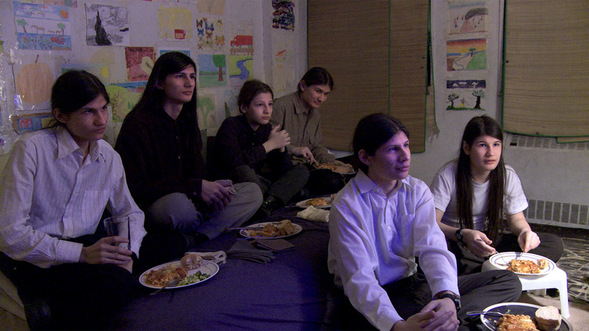
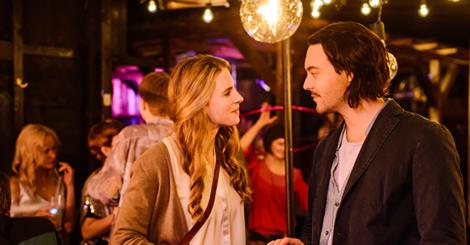

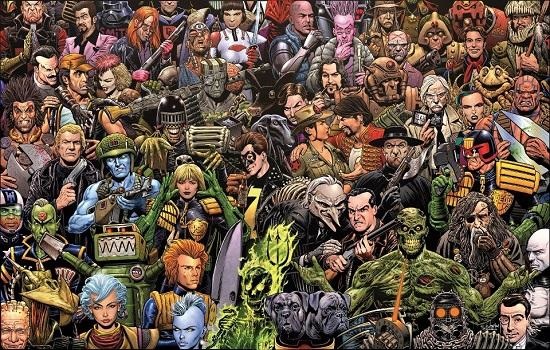
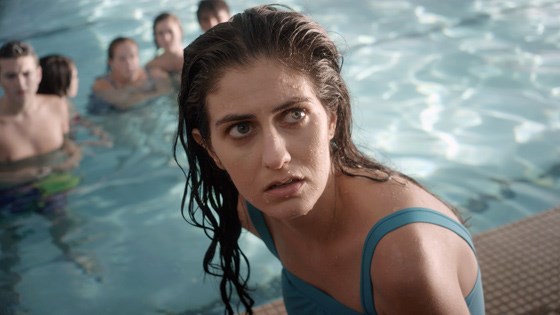
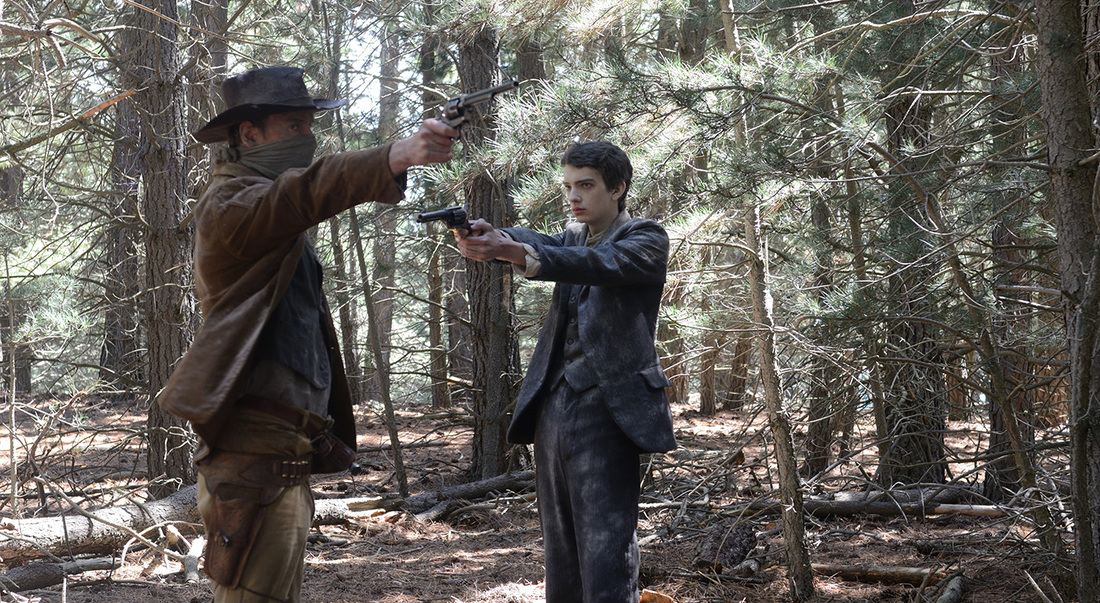
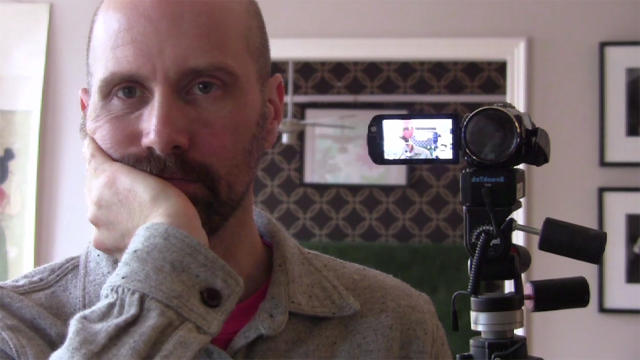
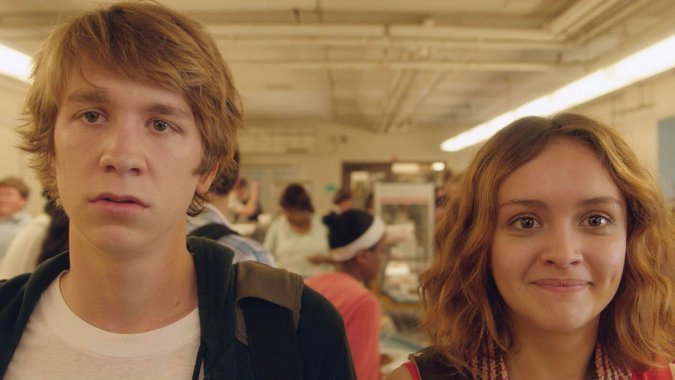

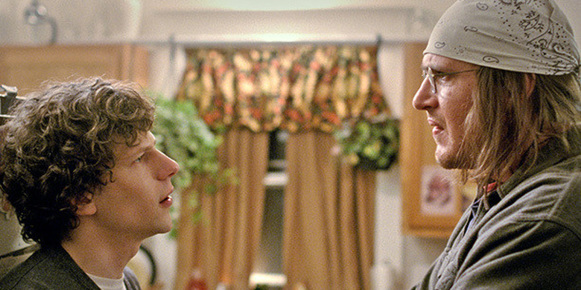

 RSS Feed
RSS Feed
